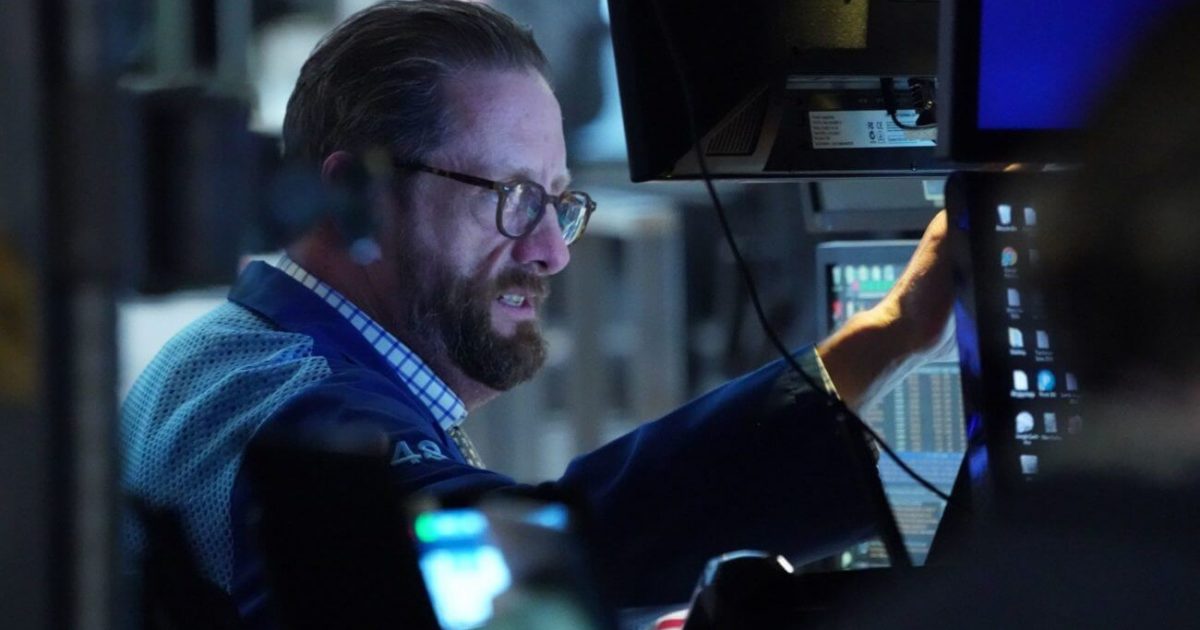- Dow Jones Industrial Average (DJIA) futures rocket 550 points higher on Tuesday.
- The S&P 500 looks set to open above the huge psychological level of 3,000.
- Breaking and holding this level could act as a launchpad for a return to previous highs.
After the long Memorial Day weekend, traders are ready to pounce. Dow Jones Industrial Average (DJIA) futures are up 550 points (2.25%) in early trading.
But more importantly, the S&P 500 looks set to breach its make-or-break level of 3,000 at the open. That’s a critical psychological milestone we’ve been battling for almost a month. As CNBC’s Bob Pisani explained last week:
We’re pressing 3,000 and just having a lot of trouble with that. That’s right where the 200-day moving average is.
Now we’ve broken through. If it holds, this level may act as a launchpad higher. UBS chief investment officer Mark Haefele is cautiously optimistic this morning.
There is some reason to believe, given the central bank stimulus and the fiscal stimulus, that multiples could go higher… the broader indices could trade higher.
JP Morgan’s global market strategist Kerry Craig had a similar take on CNBC this morning.
In the long run, the return for equities could be potentially possible.
Dow futures race higher
Dow futures are on fire this morning, following yesterday’s closure for Memorial Day. It seems traders have plenty of pent-up optimism ready to unleash on the markets.
S&P 500 futures and Nasdaq Composite futures were up 2% each.
Why this level could be a launchpad for the stock market
First of all, 3,000 is big round number. It’s a psychological achievement for investors and that matters. When the S&P broke 3,000 for the first time in 2019, it was a big event. Reclaiming it in the midst of a global crisis is a milestone that can’t be ignored.
The level also coincides with the index’s 200-day moving average. That’s a line in the sand for technical traders used to indicate the long-term trend. Trending above it is usually bullish, trending below is bearish. Kevin Dempster at Renaissance Macro Research noted the importance over the weekend:
This 200-day moving average lines up with a nice even 3,000 number seemingly makes this area especially important.
Flipping this technical indicator, and trending above it, could truly signal the beginning of a new bull market. Technical analyst Carolyn Boroden said, in recent interview with Mad Money host Jim Cramer, that breaking this level could trigger a run to “3,720 and possibly 4,136.”
Both targets would be new all-time high for the market.
Which stocks to watch, according to UBS?
Wall Street remains cautiously bullish as we approach this make-or-break level. UBS’s Haefele sees some upside potential, but where will the gains come from?
Forget the big name tech stocks that have driven this rally so far. He’s looking at the unloved names of the stock market.
We would look for a lot of the gains to come from the parts of the indices that have not rallied at all. We’d be looking more at some of the cyclicals and some of the value names.
With tech stocks hitting all-time highs, there may not be much more room to the upside. But, as CCN.com noted yesterday, beaten-down value stocks may be starting to look appetising. Stalwarts like Boeing (NYSE:BA), Berkshire Hathaway (NYSE: BRK), and Walt Disney (NYSE:DIS) have been left on the sidelines throughout the relief rally.
Dow Jones today
Optimism has returned to the market as investors price in a cautious return to normal. But, be wary of ongoing US-China tensions that could rattle sentiment. White House National Security Advisor Robert O’Brien said this weekend that Washington wouldn’t hesitate to impose sanctions on Beijing if China exerts too much power over Hong Kong.
Political risk is going to be with us for some time. It’s going to add to that market volatility.
JP Morgan’s Kerry Craig admitted that this political tension will likely stay with us until the November election.
Disclaimer: The article represents the author’s opinion and should not be considered investment advice from CCN.com. The author holds no investment position in the above-mentioned securities.
This article was edited by Samburaj Das.




